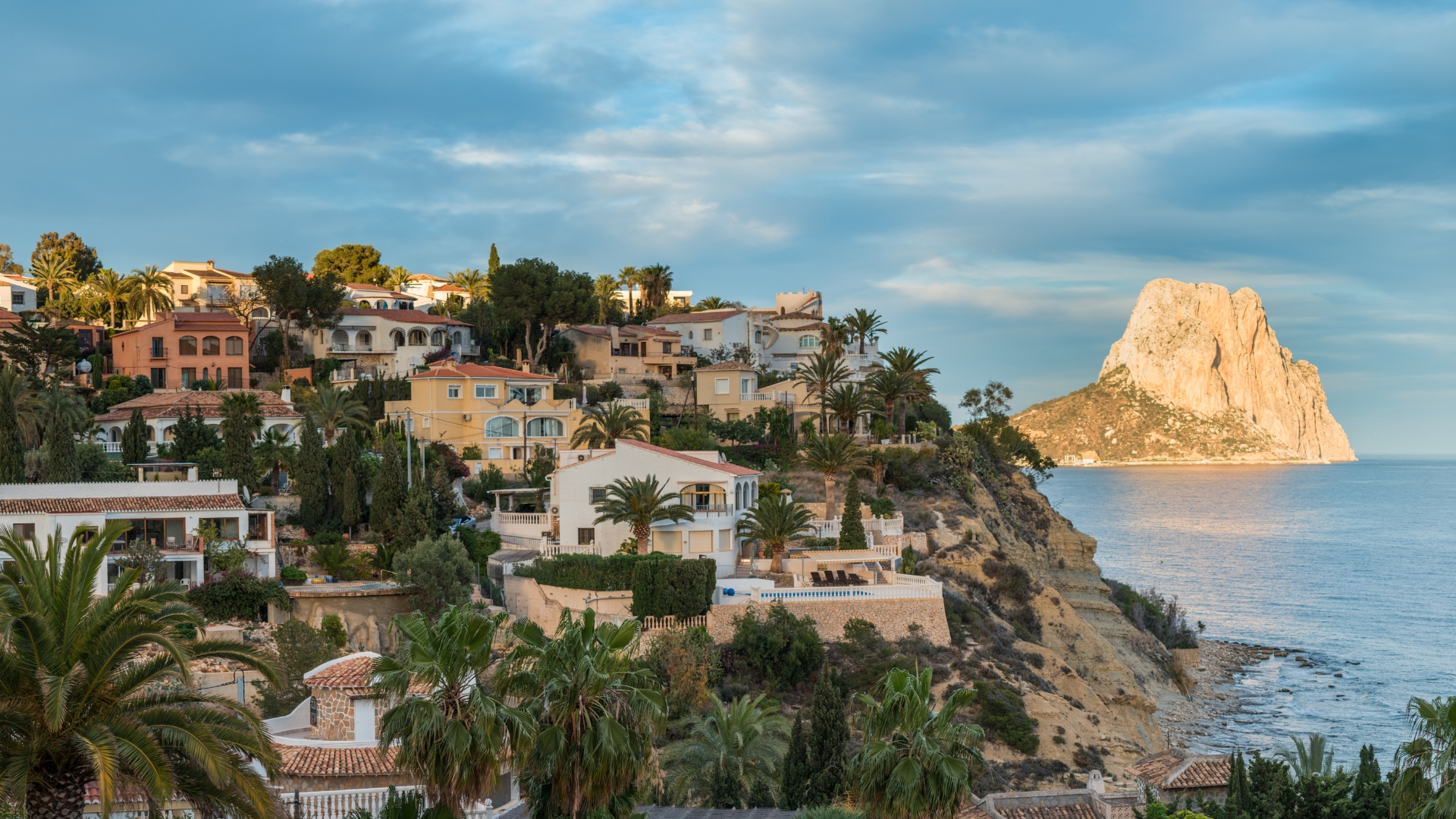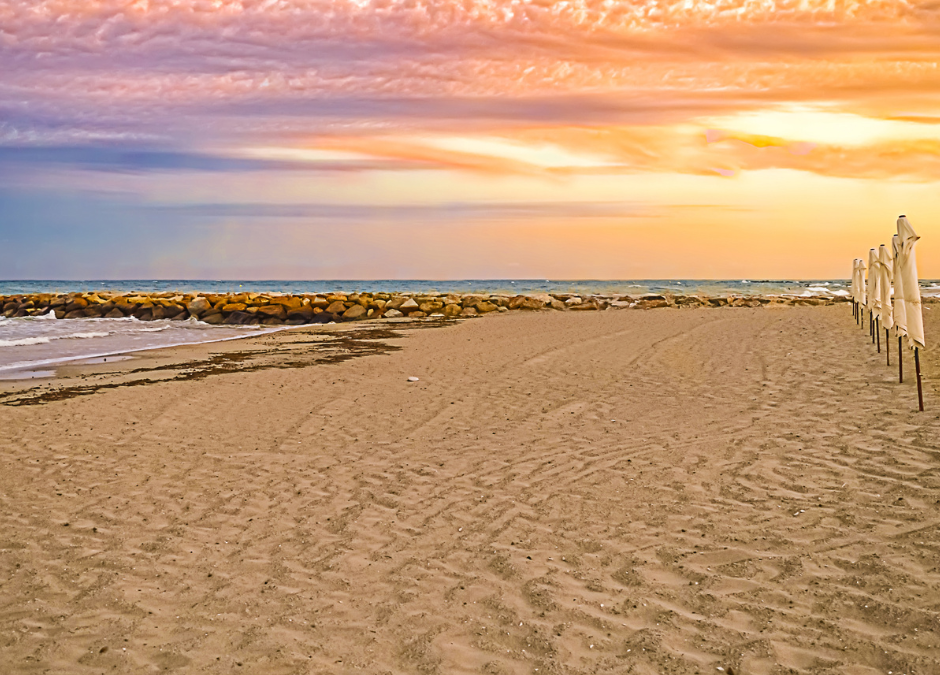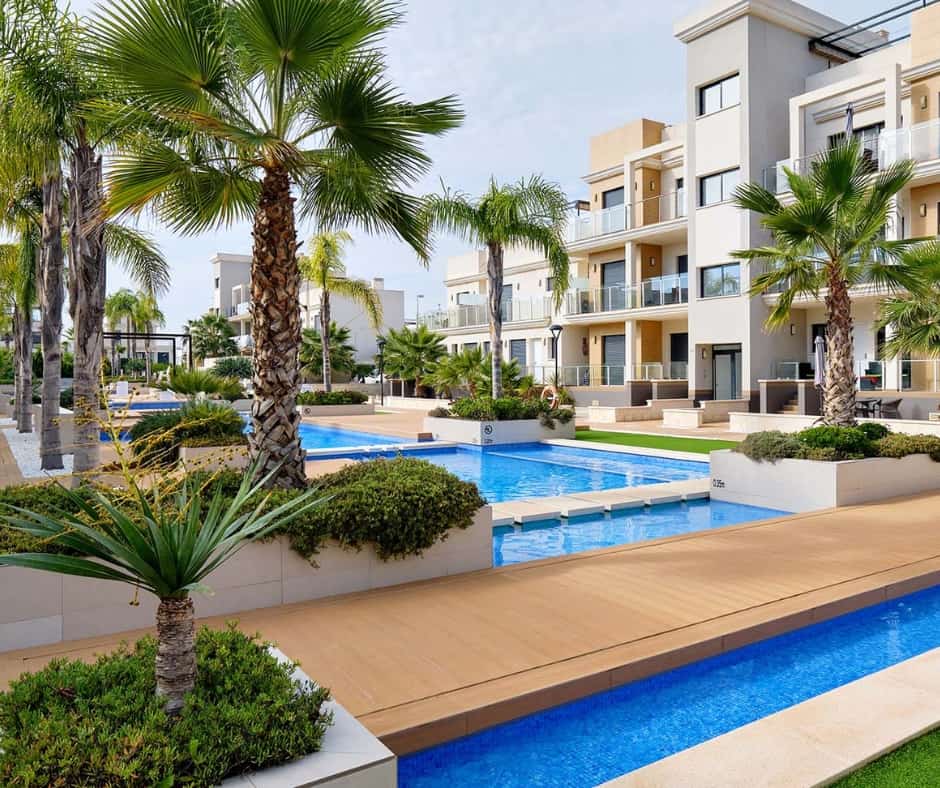Costa Blanca and Murcia have firmly established themselves as premier destinations for international property investment in Spain. Known for their sun-soaked coastlines, relaxed Mediterranean lifestyle and exceptional value compared to other European property hotspots, both regions are drawing significant attention from overseas buyers in 2025.
This renewed interest comes in the wake of the COVID-19 pandemic, which transformed buyer priorities on a global scale. The pandemic emphasised the importance of home spaces that support wellness, outdoor living and remote work, all of which align with what these Spanish regions naturally offer.
As the property market recovers and evolves, understanding the changing preferences of international buyers becomes crucial. Investors, developers and agents alike must respond to these shifts to remain competitive and capitalise on growth opportunities. We delve into the post-pandemic transformation of the Costa Blanca and Murcia property markets, highlighting key buyer demands, investment drivers and emerging trends shaping the landscape through 2025 and beyond.
Post-Pandemic Market Evolution
Market Recovery in Costa Blanca and Murcia Since 2020
Since the global pandemic halted property activity in 2020, both Costa Blanca and Murcia have demonstrated remarkable resilience. Initially slowed by travel restrictions, the market quickly rebounded thanks to digital advancements, pent-up demand and an increased desire among Europeans to secure lifestyle-oriented properties abroad. The influx of digital nomads and early retirees also contributed to accelerating demand.
Supply and Demand Dynamics for International Buyers
International demand has remained strong into 2025, particularly among buyers from the UK, Germany and Scandinavia. However, inventory has not kept pace, especially for high-quality, ready-to-move-in properties. This imbalance has created a seller’s market in many areas, pushing developers to launch new-build projects, particularly in coastal zones and emerging inland communities.
Price Evolution in Key Areas
Key towns such as Javea, Moraira and Altea have seen steady price increases, driven by their desirability, natural beauty and proximity to international airports. More affordable options in areas like the Mar Menor and Cartagena have attracted value-driven buyers and long-term investors, offering high potential for appreciation and rental income.
Statistical Insights and 2025 Projections
According to the latest data from Spanish registrars and real estate analysts, foreign purchases continue to rise year-on-year. Forecasts for 2025 suggest continued growth, with Murcia in particular expected to outperform due to improving infrastructure, increased visibility and competitive pricing compared to coastal Costa Blanca.
Essential Property Features for International Buyers
Outdoor Living as a Priority
The Mediterranean climate naturally supports outdoor living, and this has become one of the most important requirements among international buyers. Properties featuring private pools, Mediterranean-style gardens and large terraces are highly sought after. Outdoor kitchens, covered dining areas and shaded chill-out zones allow residents to enjoy the climate throughout the year, making them especially appealing to Northern European buyers.
Energy Efficiency and Sustainability
Sustainability has moved to the forefront of buyer priorities. Energy-efficient homes equipped with solar panels, modern insulation and eco-friendly construction materials are in high demand. Water conservation features like smart irrigation systems and greywater recycling have also become desirable, particularly among environmentally conscious buyers from Northern and Western Europe.
Technology Integration
Remote work trends have made smart home features and connectivity critical. Buyers are increasingly looking for homes with high-speed internet, smart security systems, remote-controlled lighting and heating, as well as dedicated home office spaces. These features are not only lifestyle conveniences but now standard expectations for modern homes.
Privacy and Security Considerations
Security is a major concern for buyers investing in second homes or properties intended for part-time use. Gated communities, alarm systems, surveillance cameras and properties with fenced boundaries and mature landscaping are especially attractive. In upscale areas, 24-hour security services and private access roads add an extra layer of appeal.
Location Preferences by Nationality
British Buyers Post-Brexit
Despite the administrative changes brought on by Brexit, British interest remains robust. Many continue to invest in familiar zones with established English-speaking communities, such as Javea, Benidorm and Orihuela Costa. Easy access to airports and healthcare services continues to influence their preferences, as does the appeal of safe, retirement-friendly environments.
Nordic and German Buyers
Buyers from Scandinavia and Germany typically prioritise eco-friendly and wellness-oriented living. Energy ratings, solar capabilities and homes close to nature reserves or the sea are particularly important. Towns such as Altea, Calpe and Denia are popular due to their blend of modern infrastructure and natural beauty.
Belgian and Dutch Investors
Belgian and Dutch buyers tend to look for walkable communities with local charm, good accessibility and services. Areas around La Zenia, Los Alcázares and Villamartín are popular, especially for those seeking holiday homes in family-oriented neighborhoods that offer both relaxation and rental potential.
Non-EU Investors (Middle East, China, USA)
Buyers from these regions often seek luxurious, high-spec properties. They prioritise finishes, views, space and potential return on investment. High-end villas in Cartagena, La Manga and exclusive parts of Altea and Moraira are particularly appealing. Many are also attracted by Spain’s investment-related residency benefits.

Investment vs. Lifestyle Motivations
Hybrid Motivations in 2025
The line between lifestyle and investment is increasingly blurred. Many international buyers aim to enjoy the property part of the year and rent it out when not in use. Climate, cultural experiences and affordability are major lifestyle draws, while Spain’s property appreciation and rental yields continue to support strong investment cases.
Retirement Planning and Second Homes
Costa Blanca and Murcia remain ideal for retirees due to healthcare quality, cost of living and community support networks. Meanwhile, younger buyers in their 30s and 40s are purchasing second homes as part of long-term financial planning or future relocation strategies.
Rental Yield Expectations
Short-term holiday rentals generate strong yields, particularly in well-known coastal towns. In Costa Blanca’s premium areas, yields average 4–5%, while Murcia’s emerging markets like the Mar Menor and Cartagena offer returns of 6–7% due to lower purchase prices and increasing tourism.
Long-Term Appreciation
Murcia and inland Costa Blanca towns are expected to see higher appreciation in the coming years, especially as transport links improve and more developments cater to foreign buyers. These areas present opportunities for early-stage investors seeking capital growth over the next decade.
Legal and Financial Considerations
Tax Considerations
Non-resident buyers must consider income tax on rental income, property tax and the potential impact of Spain’s wealth tax. Double taxation treaties help mitigate overlapping obligations, but professional advice is essential to remain compliant and efficient.
Financing Options
Spanish banks offer competitive mortgage options for non-residents, typically financing up to 70% of the property value. With interest rates stabilising in 2025, many international buyers are leveraging local financing instead of tying up cash.
Brexit Implications for UK Buyers
UK nationals are subject to Schengen rules and now require visas for extended stays. However, many are applying for residency through family reunification. Despite added paperwork, demand remains strong due to lifestyle appeal and long-term familiarity with the region.
Emerging Development Trends Meeting International Demand
High-End Developments in Key Locations
Developers are catering to the demand for luxury with new gated communities in areas like Finestrat, Altea Hills and San Pedro del Pinatar. These offer panoramic views, premium amenities and concierge-style services designed for high-net-worth buyers.
Eco-Friendly Housing on the Rise
Green construction is gaining ground, with a rise in energy-neutral and passive homes. Projects are incorporating geothermal heating, solar-powered water systems and materials that meet A+ efficiency standards. These developments are especially appealing to Northern European buyers.
Evolving Golf Resort Communities
Golf resort living is transforming to include wellness centers, co-working spaces, boutique retail and international schooling. Las Colinas and La Finca are examples of resorts shifting from purely leisure destinations to full-service lifestyle communities.
Mixed-Use Residential Concepts
Modern buyers are seeking integrated living. Developers are responding with mixed-use complexes that blend residential living with commercial, social and recreational amenities. This trend is particularly noticeable in Murcia’s expanding coastal towns, where convenience and lifestyle blend seamlessly.
2025–2026 Outlook
Costa Blanca and Murcia are undergoing a dynamic transformation in response to the evolving demands of international buyers. Outdoor space, energy efficiency and smart home technology have become essentials, not luxuries. At the same time, legal, financial and nationality-specific considerations are influencing where and how people buy.
Looking ahead to 2026, we expect sustained international interest, with increasing diversity among buyer demographics. Northern Europeans will remain dominant, while investment from non-EU countries continues to rise, encouraged by visa opportunities and luxury property offerings.
Investors would do well to keep an eye on emerging markets within Murcia, as well as inland towns benefiting from improved infrastructure. Whether purchasing for lifestyle, rental income or long-term capital growth, those who align with evolving preferences and invest in future-ready properties will be best positioned for success in Spain’s vibrant coastal market.


